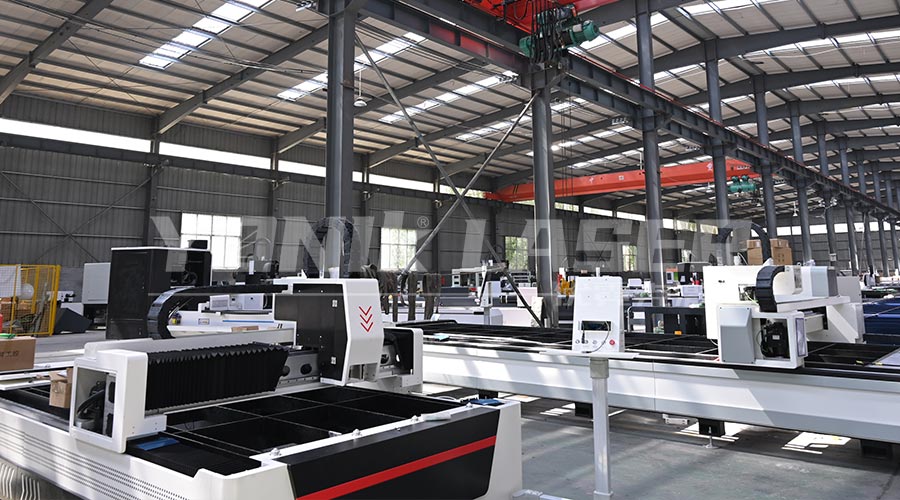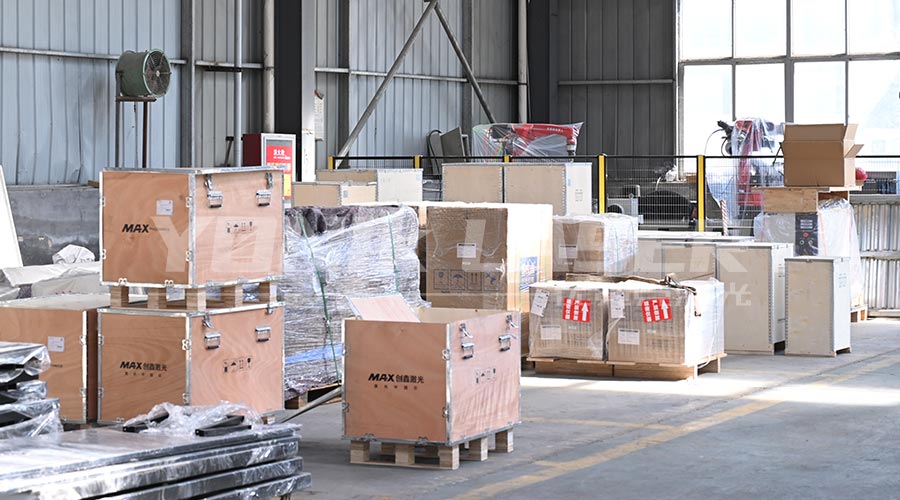Against the background of rapid development of the global manufacturing industry, the laser cutting machine industry is undergoing unprecedented changes. With the rapid development of science and technology, intelligence and automation have become the mainstream trend of the development of the laser cutting machine industry. This article will explore this trend in depth, analyze its impact on the laser cutting machine industry and its future development prospects.

As an important part of modern industry, laser cutting machines are widely used in the processing of metal and non-metallic materials with their high precision, high efficiency and non-contact cutting characteristics. Although traditional laser cutting machines have high cutting accuracy and efficiency, they still have certain limitations in the face of increasingly complex and changing processing needs. The integration of intelligence and automation has brought revolutionary breakthroughs to laser cutting machines.
Intelligent laser cutting machines achieve real-time monitoring and intelligent adjustment of the cutting process by introducing advanced sensors, machine vision and deep learning algorithms. These devices can automatically identify the type, thickness and shape of the cutting material, and automatically adjust the cutting parameters based on this information to ensure cutting quality and efficiency. At the same time, the application of machine vision technology enables the equipment to monitor the flatness and smoothness of the cutting edge in real time, and promptly detect and correct deviations in the cutting process, thereby further improving cutting accuracy.
In terms of automation, laser cutting machines have gradually realized the automation of the entire process from material loading, cutting, unloading to finished product output. Automated laser cutting production lines are usually composed of multiple laser cutting machines, robots, conveying systems and intelligent control systems, which realize collaborative operation and seamless docking between various devices. The system can automatically schedule and assign cutting tasks according to production plans and material inventory to ensure the continuous and stable operation of the production line. This highly automated production method not only improves production efficiency, but also reduces labor costs, bringing significant economic benefits to enterprises.
Driven by the trend of intelligence and automation, the application scope of laser cutting machines in the manufacturing industry has continued to expand. In the field of automobile manufacturing, laser cutting machines are used to cut body panels, engine parts, etc. Their high precision and high efficiency improve the overall efficiency of the production line, while ensuring the high quality and consistency of parts. In the field of aerospace, laser cutting machines can perform precision cutting on materials such as titanium alloys and aluminum alloys to meet the strict requirements of aerospace parts and improve the performance and safety of aircraft. In addition, in the construction and decoration industries, laser cutting machines also show great application potential. They are used to cut metal sheets, glass and decorative materials to create complex patterns and shapes to meet the diverse needs of architectural design.
In the future, with the continuous integration and innovation of technologies such as artificial intelligence, the Internet of Things and big data, laser cutting machines will become more intelligent, autonomous and networked. The equipment will have stronger self-learning and optimization capabilities, and will be able to automatically adjust cutting parameters and cutting paths according to different production environments and needs to achieve more efficient and accurate cutting. At the same time, through the Internet of Things technology, the equipment can collect and analyze cutting data in real time, and seamlessly connect these data with the company's production management system to achieve visualization and intelligent management of the production process. This will provide companies with more accurate production decision support and promote the manufacturing industry to develop in a higher quality, higher efficiency and more sustainable direction.
In addition, environmental protection and sustainable development will also become an important development direction for the laser cutting machine industry. By adopting more environmentally friendly cutting materials and processes, and optimizing energy consumption and emissions during the cutting process, laser cutting technology will contribute to the green development of the manufacturing industry.

In summary, intelligence and automation have become the mainstream trend in the laser cutting machine industry. The promotion of this trend has not only improved the cutting accuracy and efficiency of laser cutting machines, but also expanded its application scope in the manufacturing industry. In the future, with the continuous advancement and innovation of technology, laser cutting machines will become more intelligent, autonomous and networked, providing strong support for the efficient, precise and sustainable development of the manufacturing industry.
2025-07-22
2025-07-21
2025-07-19